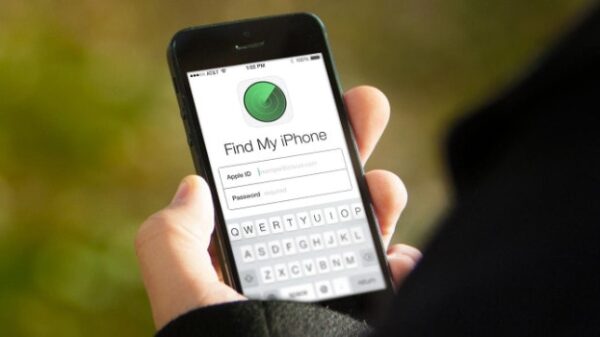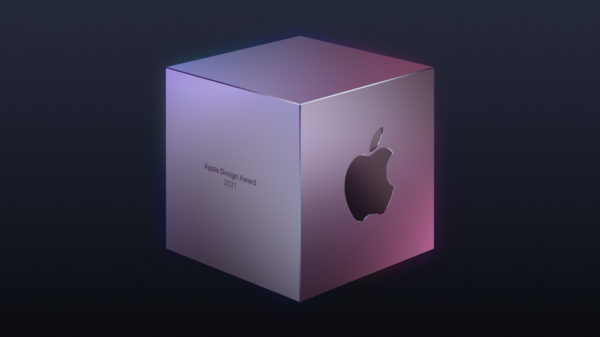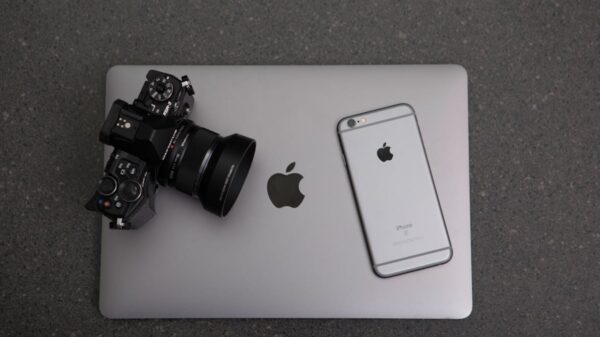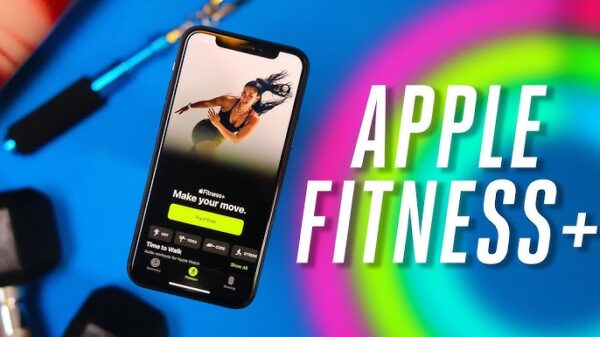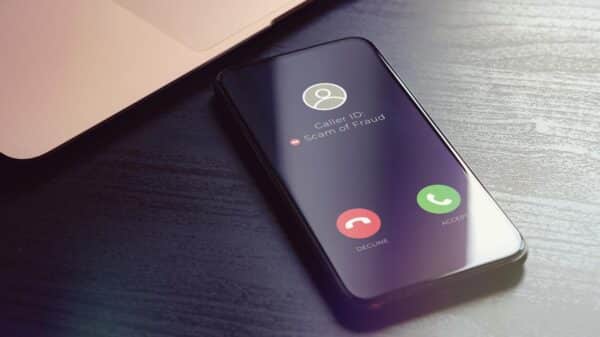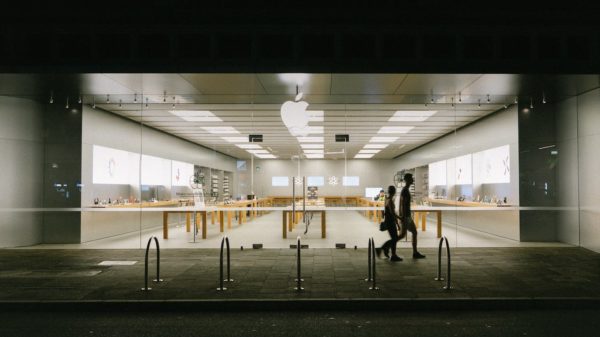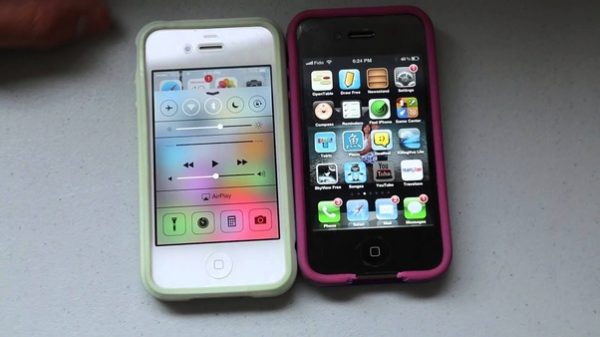With Apple’s integrated messaging system—iMessage, exchanging messages, images, audio notes, and videos between Apple devices has been revolutionized. Built into the default Messages app on Apple’s devices, iMessage pushes the envelope of text-based messaging by bringing full multimedia support. Despite its strengths, a number of users have encountered an issue—the display of low-quality videos when utilizing iMessage. This article will delve into this dilemma, providing a comprehensive look into its causes, impact, and much-needed solutions.
Detailed Explanation of the Problem
A growing concern has been raised by users who experience a significant reduction in video quality when sending or receiving multimedia messages via iMessage. When these videos are played after being sent through iMessage, there is a noticeable deterioration in quality. These issues are particularly perplexing because they do not arise from the source videos themselves. Initially, these videos are in excellent condition, displaying clear and sharp images without any hint of distortion.
Quality Degradation During Transfer
The perplexing part of this issue arises during the transfer of the videos via iMessage. After sending, the previously clear videos undergo a drastic transformation. What was once a high-definition visual becomes tainted with pixelation and blur. This degradation results in videos that are not only grainy but also considerably lower in resolution compared to their original state.
For example, consider an instance where you have captured a breathtaking panorama on your latest vacation. You’re eager to share this visual feast with your friends and family, so you send it through iMessage. Unfortunately, what they receive is a shadow of the original masterpiece. The video on their end is so pixelated that it’s barely recognizable as the scenic landscape you intended to share. The disappointment is palpable, especially when you consider the advanced capabilities of the modern Apple devices at your disposal.

Causes of Low-Quality Videos in iMessage
This problem is not without its reasons. There are several factors at play that contribute to the unfortunate reduction of video quality through iMessage. A primary cause is the automatic video compression that Apple implements as a means to facilitate the swift transfer of files. This becomes particularly evident under the constraints of a poor internet connection, where the system is designed to reduce video quality in order to expedite the process and minimize data usage.
The rationale behind this compression strategy is straightforward. By decreasing the file size, videos become easier to manage, send, and receive. This is intended to not only save time but also to conserve data usage, which is particularly beneficial for users with limited data plans. Despite these intentions, the downside is significant as the compression severely impacts the integrity of the video quality.
Moreover, the speed and consistency of your internet connection have a substantial impact on this process. A slower or unreliable connection can trigger the system to apply a higher degree of compression. The intent is to ensure that the transfer is completed as quickly as possible, but this often comes at the cost of video quality, resulting in a less satisfactory iMessage experience.
Tips and Tricks to Improve Video Quality on iMessage
Despite the default settings of iMessage, which can sometimes reduce video quality to facilitate quicker sending times, there are several strategies users can adopt to maintain high-quality video output. One of the most straightforward techniques is to sidestep iMessage altogether for video sharing. By sending videos through email, one can avoid the platform’s aggressive compression algorithms that often downgrade video quality for the sake of conserving bandwidth.
In the realm of cloud services, iCloud offers a particularly useful feature – iCloud Link, which allows users to share content in its original quality. When you opt to share a video via iCloud Link, the recipient receives a URL that leads to the video stored in iCloud, thus enabling them to view or download the video without the quality being compromised.
Moreover, leveraging the capabilities of third-party cloud storage services such as Dropbox or Google Drive presents another viable alternative. These platforms permit users to upload their videos and then share a link to these files directly. This approach not only bypasses iMessage’s compression but also provides a stable backup for your media files. When utilizing these services, it is essential to acquaint yourself with their respective uploading and sharing procedures to guarantee a seamless transfer process that preserves the video’s original integrity.
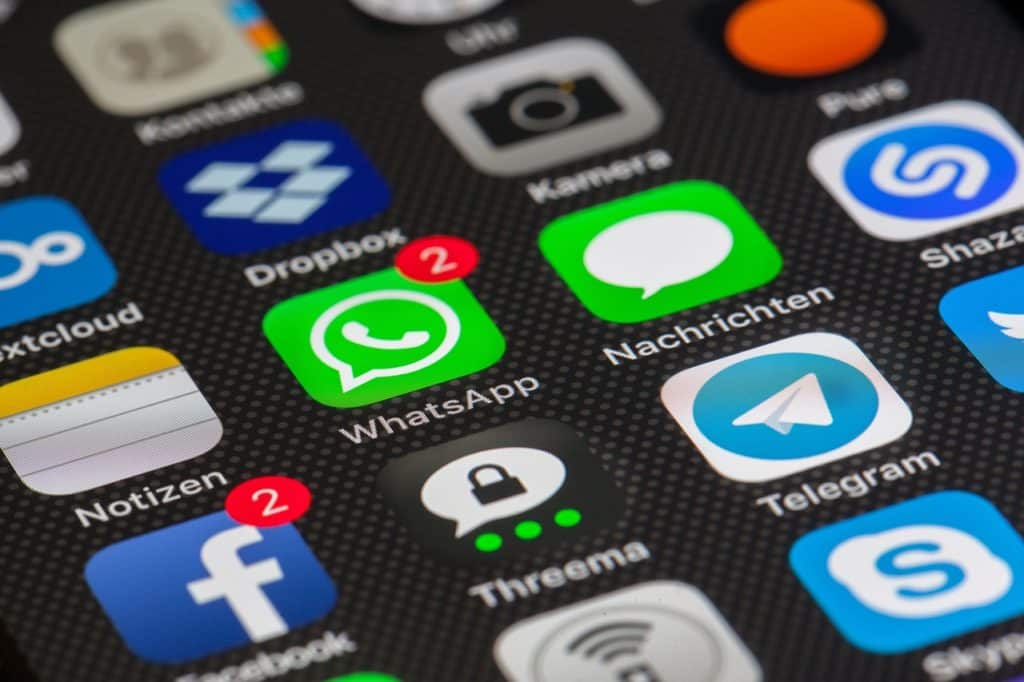
Potential Issues that may Arise when Enhancing Video Quality in iMessage
However, users must be cognizant of certain challenges that may emerge when implementing these alternative sharing methods. It is crucial to recognize that enhancing video quality is not without potential complications. These complications can arise from a variety of sources, not all of which are within the sender’s control.
One significant factor is the recipient’s device settings. The device on the receiving end must have the appropriate configuration to handle high-resolution videos. Furthermore, there is the issue of video format compatibility, which may vary between different devices and platforms, potentially causing playback issues.
Another pivotal concern is the dependence on internet bandwidth. Sharing high-quality videos via iCloud Link or similar cloud services often necessitates that the recipient possesses a robust and high-speed internet connection. Without such a connection, the downloading process can be exceedingly slow or, in some cases, unsuccessful, thereby negating the benefits of these workarounds.
It is also worthwhile to consider that while these methods may circumvent iMessage’s quality reduction, they often introduce an additional step for the recipient – who must now download the video rather than view it directly within iMessage. This additional step could be seen as an inconvenience for some, and thus, it is essential to weigh the pros and cons of quality against convenience when deciding on the best method to share videos.
Conclusion
In conclusion, while iMessage’s low-quality video issue may be common, it isn’t insurmountable. Understanding the root of the problem, primarily Apple’s automatic video compression, and the role of internet connection, can be extremely helpful in identifying possible solutions. However, improvement efforts might be subject to external factors outside of iMessage, like device compatibility and internet speed. It is recommended that users explore various workarounds, including email, iCloud sharing, and third-party apps to improve the quality of their video-sharing experience via iMessage.




